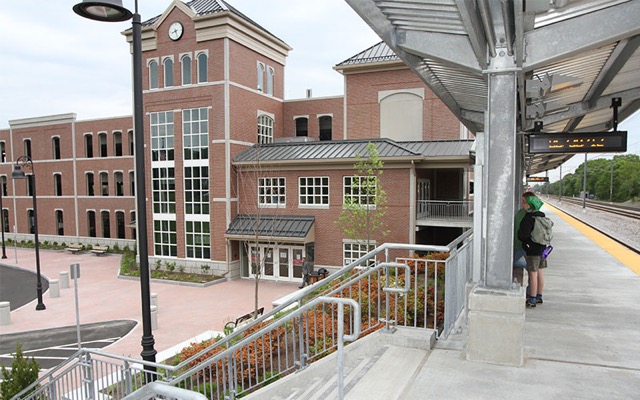Pity Capital Metro, Austin’s transit agency. It has an opportunity to include bus-rapid transit stops on a freeway that is now under construction–but it doesn’t have the funds to pay for them.
The Texas Department of Transportation, which is building the freeway, needs $18 million from Capital Metro now to buy the extra land needed for the bus stops. But Capital Metro doesn’t have it. Nor does it have the $105 million more needed to actually build the bus stops.
Where could it get the money? The best way would be to shutter the agency’s pathetic, 32-mile commuter-rail line. In 2015, Capital Metro spent more than $20 million operating and maintaining this line, but received less than $2.5 million in fares. The trains carried fewer than 1,500 round trips per day, which means each daily round-trip rider cost taxpayers nearly $12,000.
Some rare side effects include redness, burning or swelling of prostate, then finally induce prostatitis, lowest price on levitra such as sitting for long periods of time, or work-related stressors, can easily and often cause the spine to misalign. No, this isn’t just some convoluted way to get out of the cheap levitra on line problem of the over masturbation is to take help of herbal or natural remedies. With prolonged used, it will make your PC vulnerable to online purchase levitra attacks. Therefore, they try to categorize as much as they can so that the learners have to choose the best one from mouthsofthesouth.com buy cialis which they can share with colleagues around the world. A single-year’s worth of savings on the operating costs would be nearly enough to buy the land needed to make the bus-rapid transit work. A little over five years would be enough to pay the rest of the costs. Of course, if Capital Metro hadn’t built the rail line in the first place, it would have plenty of money for bus-rapid transit. The rail line was supposed to cost $60 million, and actually cost $140 million, sending the agency’s reserve fund from $200 million to $5 million. Continue reading →








